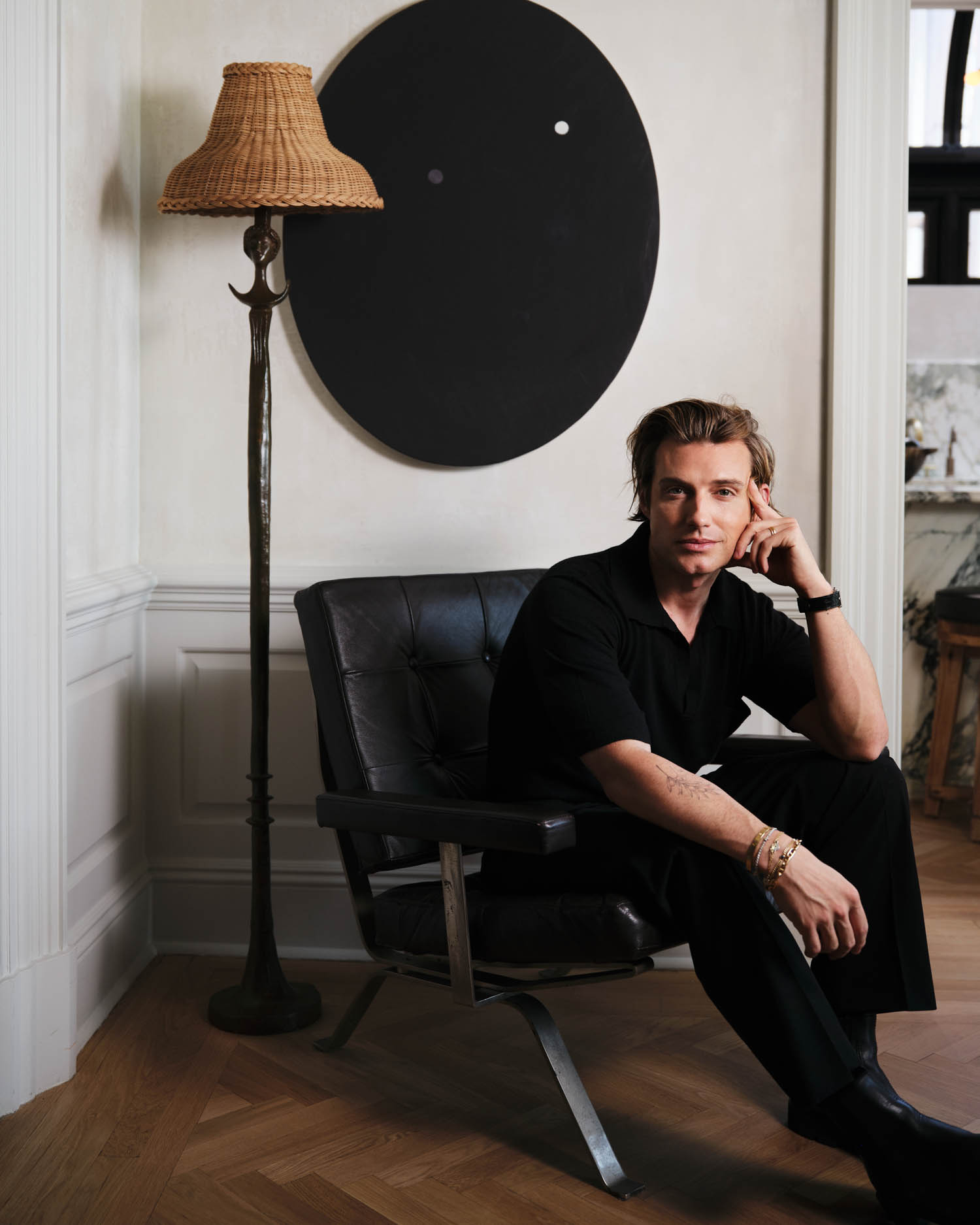10 Questions With… Philippe Starck
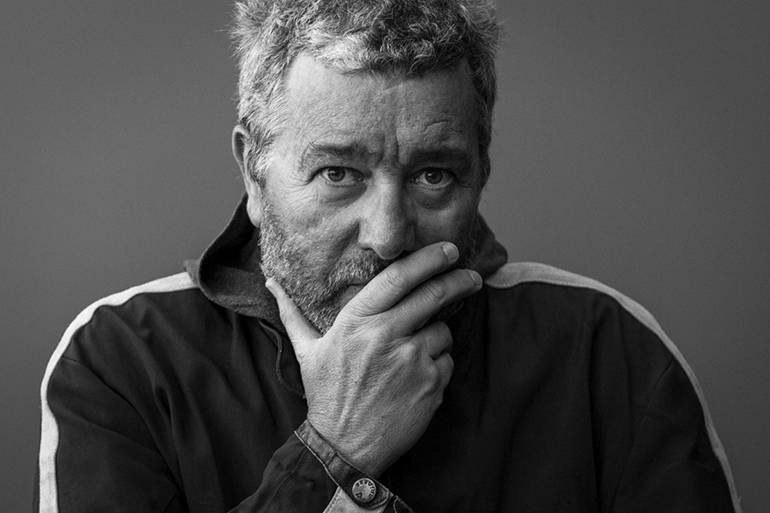
“The beautiful story of our animal species in its evolution is my only source of inspiration,” says Philippe Starck, who first caught the public’s eye with an experimental inflatable structure exploring materiality in 1969. In 1983, the French designer—who was just 34 years old—was commissioned by the country’s president, François Mitterrand, for the high-profile interior renovation of his private apartments at the Élysée Palace. With his belief that “evolution is in everything—but only we can control our evolution,” Starck is now one of the most prolific designers in history, with some 10,000 creations in just about every genre, from watches and all types of furnishings to hotels, restaurants, super sail boats, and architectural landmarks.
Most recently, at furniture fair Salone del Mobile in Milan, Starck earned one of the design community’s most prestigious honors, the 2019 Lifetime Achievement Award. The news came as he launched new furnishings for manufacturers including Kartell, Flos, and Glas Italia.
Read More: Check out full coverage of Milan Design Week 2019
Starck sat down with Interior Design to share more about the A.I. chair (the world’s first chair designed using artificial intelligence), how he wraps his mind around the colossal endeavor of designing the interior of a space ship, and what colorful custom chair stands out in his home office.
Interior Design: Could you describe a few highlights from your premieres at Salone del Mobile last month?
Philippe Starck: We had a very strong invention for Kartell, the A.I. chair, which I think will be a star. It is the first chair designed outside our brain, out of our habits and how we are used to thinking. Also for Kartell, we launched the Smart Wood seating collection. Like our previous seating collection Woody—which was sort of a revolution because it was the first time that Kartell produced in wood—it uses a very thin wood molded into a curve similar to plastic design. It is produced with real wood but is still very affordable.

ID: What else have you launched recently?
PS: In February we launched a new collection of flexible sunglasses under the brand Starck Biotech Paris, which is distributed by Luxottica. Last year we completed the largest sail boat in history. At 480 feet long with three masts, it is an incredible addition to high technology and a revolution in marine history. I had designed a large boat before—for Steve Jobs—but that was definitely not a sail boat.
ID: What is upcoming for you?
PS: I am working with the company Axiom Space on the interior design of the habitation module for the Axiom Space Station. This will be part of the new International Space Station, which opens in 2020. I am also working on a new collection of perfume—adding to the three we already have—as well as a high-tech activewear collection with fabric that is really avant-garde.

ID: How do you think your childhood influences your design thinking?
PS: My father was a quite well-known inventor and aeronautical engineer. He had his own airplane company. It is definitely from him that I was born into the idea that creativity is the most beautiful job you can dream, the most beautiful work you can give to humanity. I continue the thinking of my father—and that’s why I am very comfortable working on something like a space ship. It’s in my DNA.
Read More: 10 Questions With… Jason Wu
ID: How do you start your design process?
PS: The process doesn’t start because it doesn’t stop. First you need to understand what is important for you. For me the main thing that is important is the story of humanity, of the animal species, how we started some millions of years ago when we were amoeba, when we became fish, when we became frogs, and then when we became monkeys. And what we shall be in four million years when the sun will implode and we shall explode? It is such a beautiful story, and it takes all my time. That means all my inspiration, all my work comes from this simple idea: there are useful projects which help our evolution and then there are useless projects that don’t help our evolution. The beauty of us is the stamina of our evolution. We are the only animal species that has taken control of the speed and quality of our evolution.

ID: Which of your designs are around you right now?
PS: I am in my home office and I have on some old Puma shoes I designed some years ago. I am also wearing a Starck watch and my perfume, Starck Paris. On my nose are my Starck Biotech Paris glasses. Near me there is a floor lamp I designed for Flos, a chair made by Kartell, and headphones from Parrot. I also see one chair, which is very special. It’s my Louis Ghost chair for Kartell covered in work by Joana Vasconcelos, who is a quite famous Portuguese artist.
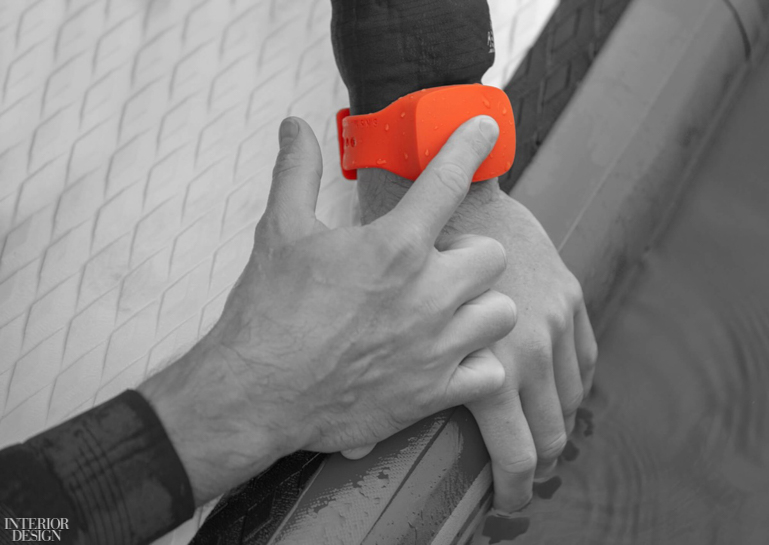
ID: Is there a person in the industry who you particularly admire?
PS: It is not possible to admire people who produce materiality. I am one and I am ashamed of it. Scientists, biologists, astronauts, mathematicians—these are my gods. They are really useful. Design is meaningless. We have to be clear with that. When you have a useless job, you cannot be proud of yourself. You can only dedicate all your admiration to those people who create strong innovation or who directly save lives. At its best, design can help the quality of life—but it will never save lives. It is not that powerful.
ID: What are you currently reading?
PS: I read a lot of scientific magazines—astronomy, biology, anything that would help me understand from where we come and where we go. From the United States, it would be the scientific journal Nature. I am also reading “Leurs Enfants Après Eux” by Nicolas Mathieu, winner of the Prix Goncourt, a quite prestigious honor for books in France. This book deserves it—it’s about the life of a teen in a rural town in France—and is very well done.

ID: How do you approach a hospitality project verses a residential project or product design?
PS: It is very simple. In a restaurant you stay two hours; in a hotel you stay three days; in a residence you stay, well, I hope all your life; and, with product design, it is absolutely not the same thing every time. Everything has a different program or different needs. I don’t try to make something nice or trendy, which is absolutely not my style. I try only to help my friends to have a better time, to be more sexy, to be more funny and sparkling, to be more in love or more creative. That is all. I am always thinking on how I can help, how I can use my gift—which is creativity—to help my community.
ID: How do you take a break?
PS: When your work is creativity, it’s more a drug than work. The problem is when I travel and have no time to create, I am more tired if I’m unable to create. I wish everyone could be in the same situation: to have a job they love, which they are passionate about and do with passion. This is why I don’t need a break. You don’t need to play golf when you create.
Keep scrolling to see more work by Philippe Starck > >
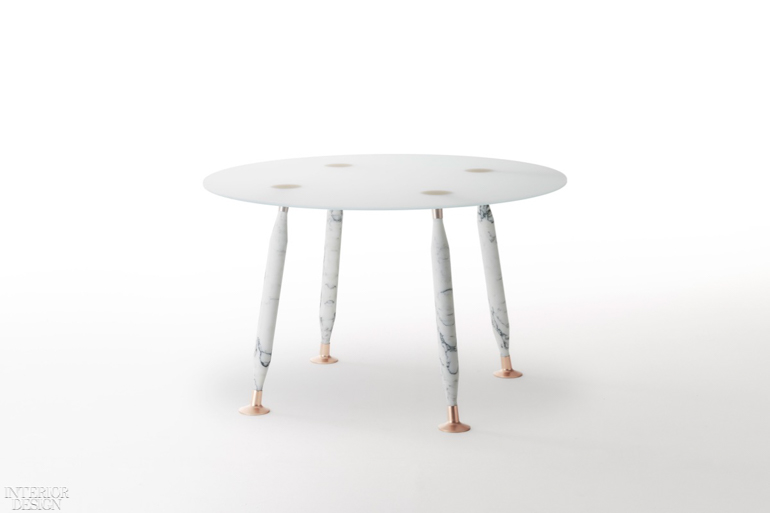
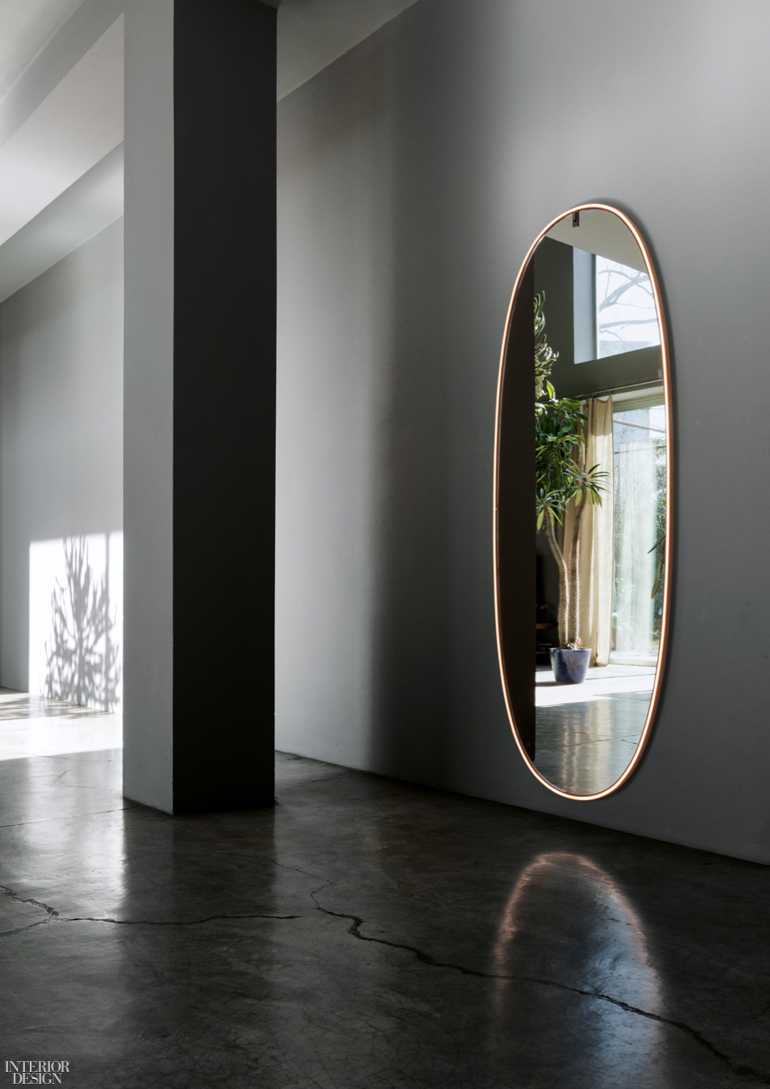



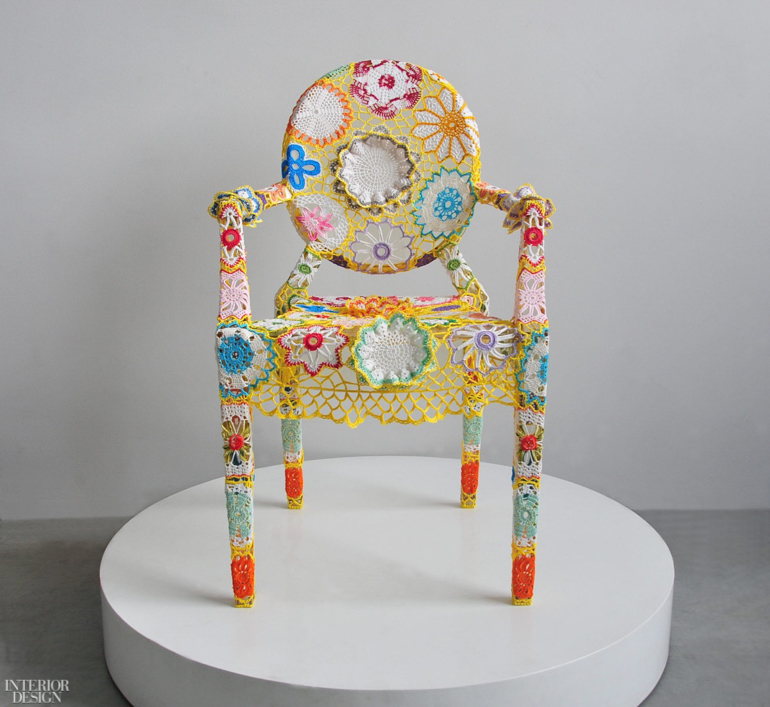


Interested in more design insight? Check out our recent 10 Questions With… MoMA Curator Juliet Kinchin.
